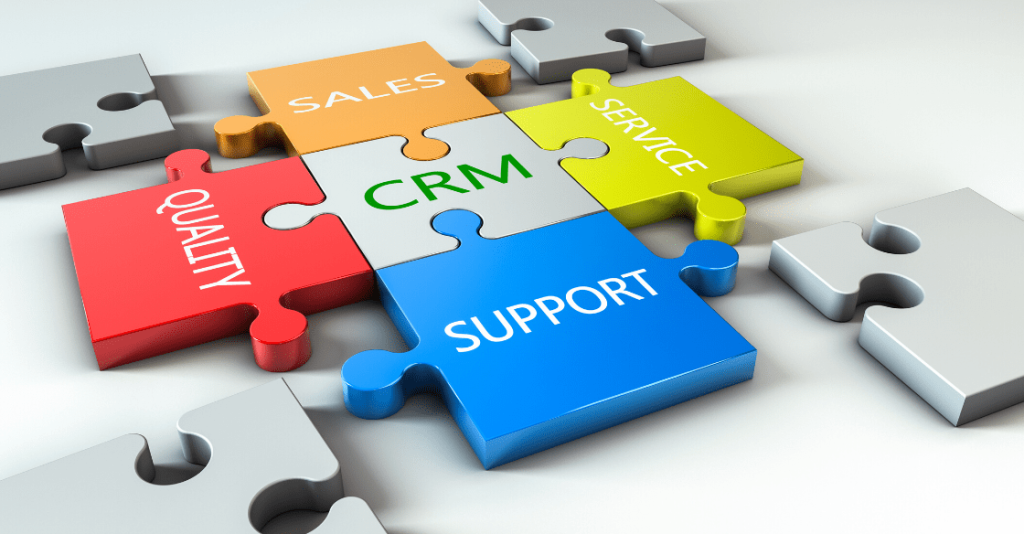All companies have assets. If you are a multi-million-dollar corporation or a small startup, you have assets. With these assets, you conduct business that turns hard work into profit. The business cycle would not function without the regular use of company assets. You may be wondering whether your business needs asset management software to be successful? In today’s age of technology advancement, the answer is an emphatic yes — that is if you want to remain competitive in today’s ever-evolving market. What Are Business Assets and How Do I Manage Them? Assets vary between companies, but once defined, you can develop solutions of how to best use them to turn a profit. To put it simply, an asset is anything your business has that can be used to generate income. Examples include computers, vehicles, furniture, equipment and anything else that is used in the daily operations of a company. The full list of assets is quite extensive. Thus, proper management of them has many financial implications for your business and bottom line. Why are Company Assets Important? Businesses exist to make a profit. Your company needs assets to complete jobs they are hired to do. Construction workers need hammers; an office clerk needs a computer, lab techs need equipment to conduct research. Without assets, there is no business. What is worse than having no assets is mismanaging existing company assets. One can have ten work trucks stocked with tools needed to complete a job, but with no solution in place to manage the trucks and tools, assets are lost or their locations are unknown. Many times, this leads to the unnecessary purchase of new assets, ultimately costing your business money in the long run. It is imperative you have an asset management tool that gives your team full visibility into what assets are available to them. How Your Industry Can Benefit from an Asset Management Solution While every business owner can benefit from asset management, we have selected a few industry categories that have traditionally shown the greatest need for asset management software. Construction Equipment From the hammer that drives the nail, to the front loader that moves a mound of dirt, a construction company is only as good as the equipment it uses. When a business uses good equipment and keeps track of where everything is, that business will experience greater success than the one who doesn’t. Asset management for construction equipment involves: Documentation – Keep track of your equipment and use it wisely. Scheduling equipment properly – You don’t want to double book the only flatbed truck you have and risk losing business. Protecting against theft or misuse – GPS location of asset equipment. Routine maintenance of your equipment – You cannot work if your equipment is broken down. Keeping a maintenance schedule is beneficial to you and the clients you are serving. Keeping accurate records of money spent – Knowledge of fuel consumption, drive times, and engine hours can help you in your bidding processes. When you have records of these figures, you know how to bid a job properly, even showing your client in writing how you plan to execute their project, giving you an edge over the competition. Electronic Equipment Asset management is different for electronic equipment than for a grader or bulldozer. However, the same attention to detail needs to be applied to computers, laptops, and other electronic devices. Asset management for electronic equipment involves: Data Protection – Understand what information you have and what needs protecting. Back-up System – Just as a construction company has a backup generator, computers must have some form of redundancy to protect stored information. Routine maintenance schedule – Protect sensitive electronic equipment with updates. Assignment – Who has what equipment is critical to the daily operation of a company. Office Equipment Other than computers, office equipment needs the same care. Asset management for office equipment involves: Routine Maintenance – Office equipment needs to remain operational for your office to be productive. Equipment Accountability – Equipment needs to be accounted for, so the whole team has access to it. Workflow process is interrupted when an agent has the equipment others agent is seeking; video projection units, meeting offices, or even funds spent on client acquisition. Scheduling – Know where equipment is and when it will be available again. Accurate Record Keeping – Records of asset inventory is beneficial when you need to submit a sales order. You don’t want to run out of something when you need it the most. Documentation – Know the brand and models of equipment you have and any software licenses that need to be maintained or paid for. Organization – Have a centralized location for everything. The whole team will know what is in stock. When everything has its place, less time is spent searching for needed items, thus improving productivity of your employees. Lab Equipment Lab equipment management works much like we have explained in the other sections. Asset management for lab equipment involves: Routine maintenance – While it may hurt workflow to stop business for two hours for a Mass Spectrometer to be fine-tuned, it would be devastating for the instrument to fail and be down for two days. Keep Accurate Records – Not only of maintenance but what model numbers you have. This can help in the event of a recall or system update. Documentation – Who is authorized to use it and where it is located in the office for regulatory compliance. Scheduling – Keeps workflow processes from freezing up if there is a limited supply of instruments. What will Asset Management Software Do for My Company? There are five things that excellent asset management software will do for your business. Save you time – You and your support teams will not be hunting down where equipment is. The Asset Management solution will give […]
Read More… from Does Your Business Need Asset Management Software?







